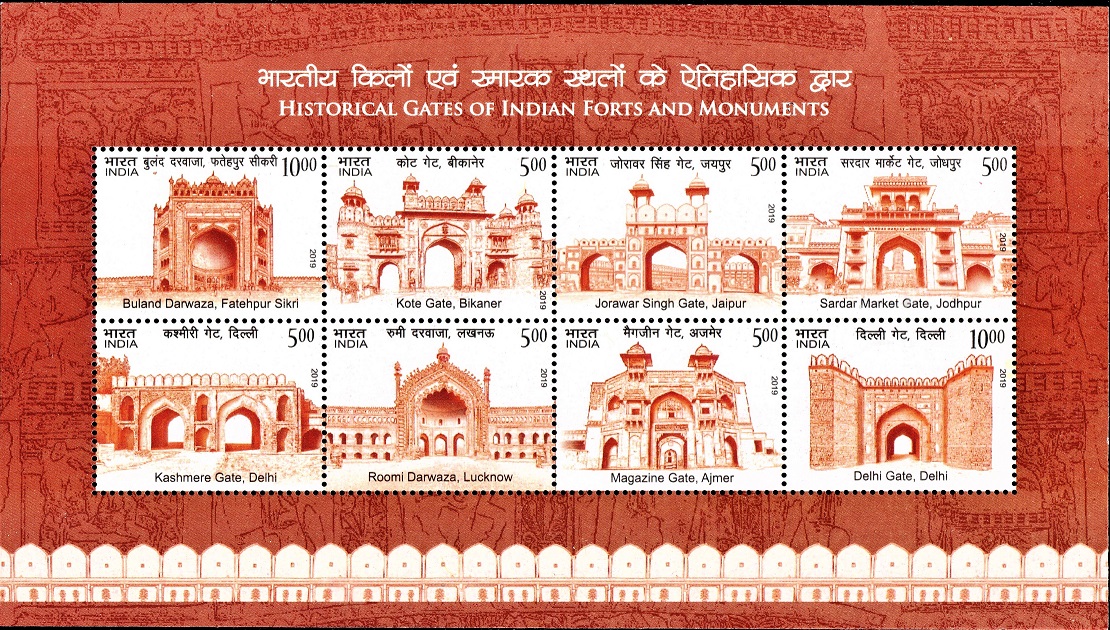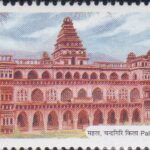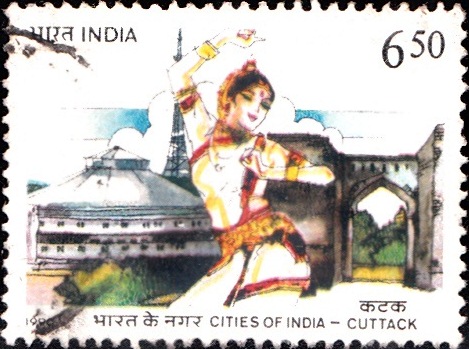
Cities of India 1990
Complete Set of 3 nos of commemorative postage stamps on Indian Historic Cities – Bikaner, Cuttack and Hyderabad :
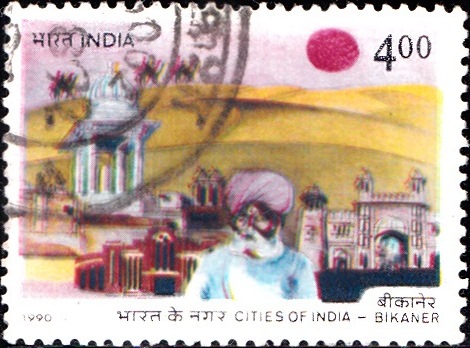

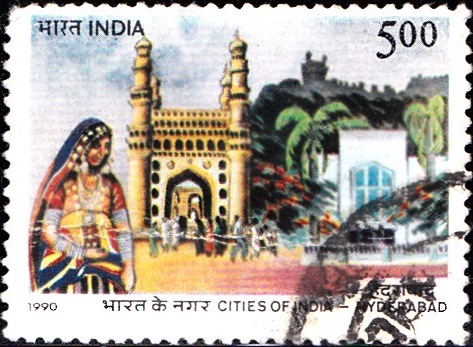 Issued by India
Issued by India
Issued on Dec 24, 1990
Issued for : The Department of Posts feels proud to bring out a set of three special stamps on these historic cities.
Description of Design : FDC and Stamp on cities of Bikaner and Hyderabad are designed by Sh. R.N. Pasricha. Stamp on Cuttack has been designed by Sh. Pulak Biswas. Cancellation has been designed by Ms. Alka Sharma.
Type : Stamps, Postal Used
Colour : Multicolour
Denomination : 400, 650 & 500 Paise
Overall size : 3.91 x 2.90 cms.
Printing size : 3.55 x 2.54 cms.
Perforation : 13 x 13
Paper : Imported Un W/M Gravure Coated Gummed Stamp Paper
Number Printed : 1.00 Million each
Number per issue sheet : 35
Printing Process : Photogravure Process
Printed : India Security Press
About :
- India‘s is an ancient civilisation which has seen the rise and fall of many kingdoms and cities. Many of its cities, through hundreds of years old, are still vibrant with life today. To draw attention to this rich legacy, Department of Posts proposes to issue special stamps on historic cities of India from time to time. Our first set consists of special stamps on Bikaner, Cuttack and Hyderabad.
- The city of Bikaner was founded in 1488 by Rao Bika, son of Rao Jodha, the founder of Jodhpur. Bika laid the foundation of a city which has endured the vicissitudes of five centuries of turbulent history. Junagarh Fort was built by Raja Rai Singh a century later. Situated in the heart of great Thar desert with its oppressive and hostile climate, Bikaner has yet flourished in arts, crafts and culture. The Anup Sanskrit Library is world renowned. Maharaja Ganga Singh, who modernised the city besides building numerous public utilities and the Lalgarh Palace, also constructed the longest brick-lined canal in 1927. With its rich cultural heritage, Bikaner is one of the foremost tourist spots in Rajasthan.
- The city of Cuttack is celebrating the millennium of its existence. It is situated on the Peninsula created by the bifurcation of Mahanadi river. Cuttack played and continuous to play, a dominant role in the history of India. The most important land mark of the city is the fort of Barabati which was originally built by King Anangabhim Deva–III (1211-38). He also built the stone revetment along the banks of Mahanadi and Katojori rivers to protect the city against the flood ravages. King Mukunda Deva (1559-68) added to Barabati Fort to make it a 9 storey building. Cuttack, over the centuries, fostered and nurtured the growth of civilisation in this part of India and remains famous for its arts, crafts and culture. Among other notable landmarks are the Amareswar temple and the Jain temple built in the 18th century.
- This year the city of Hyderabad completes 400 years of its existence. Founded along the river Mussi, a tributary of river Krishna, environs of Hyderabad have highly picturesque appearance. It was founded by Mohammed Quli, the fifth of the Qutab–Shahi kings. Hyderabad was the fulcrum of cultural and political activities in the southern part in India more commonly known as Deccan. The city boasts of Charminar, a stately rectangular building of 180 ft. height built in 1591. It also has the famous Salarjung Museum. It is dotted with water reservoirs such as Osman Sagar, Himayet Sagar, Hussain Sagar and Meer Alam Tank. The city got consolidated as the seat of power for the erstwhile state of Hyderabad during the reign of Asaf Jah, the Nizam of Hyderabad. Ever since its inception, the city has been centre of rich cultural traditions and customs side by side with its status of political and commercial capital.
- Text : Courtesy East India Gazette and Encyclopaedia Britannica.



